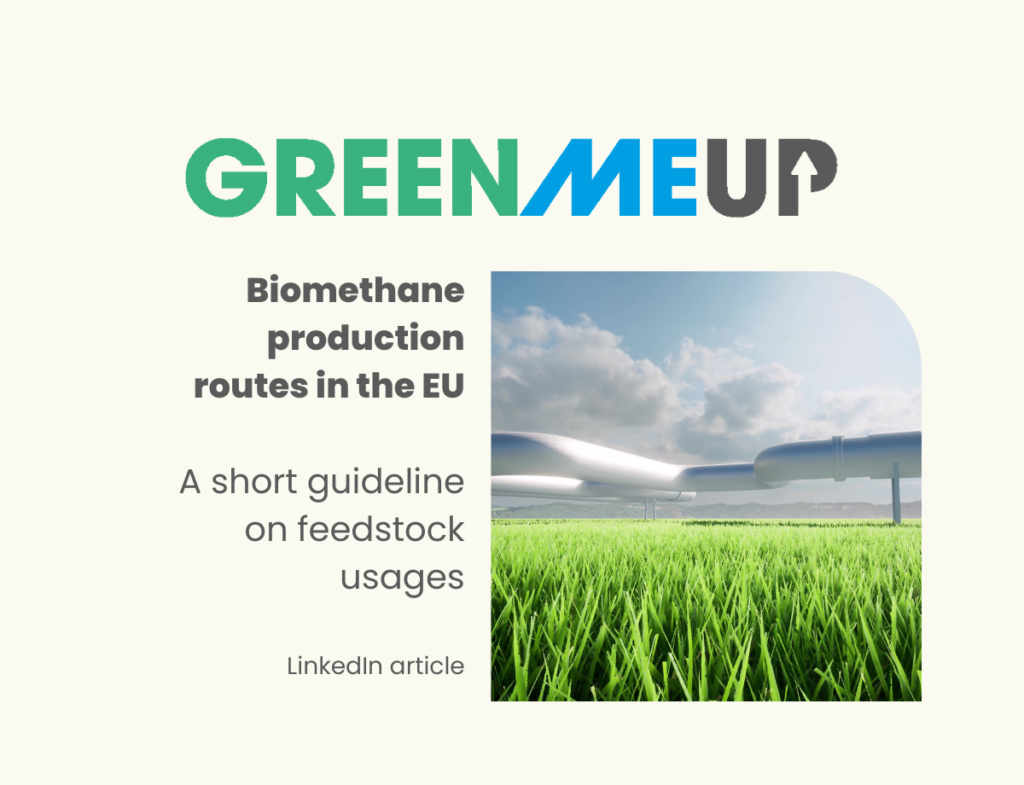Europe is aiming for a significant boost in biomethane production by 2030, targeting 35 bcm annually. This renewable gas holds immense potential to decarbonize various sectors and reduce reliance on external energy sources.
The GreenMeUp project is working hard for this ambitious goal. Its recent report explores the diverse feedstocks used for biomethane production in Europe via anaerobic digestion (AD). This process utilizes various organic materials, including agricultural residues, manure, and food waste, to generate biogas. Biogas can then be upgraded to biomethane, a clean-burning gas matching the quality of natural gas.
The beauty of biomethane lies in its versatility. Once injected into the natural gas grid, it can be used for various purposes, including transportation, electricity generation, and heating homes.
Here’s a glimpse into the different feedstocks powering Europe’s biomethane production: farms, municipal wastewater, foodwaste, industrial wastewater and solid waste, landfilles. This diverse range of feedstocks unlocks numerous possibilities for both producers and end-users of biomethane.
Click on the image below to know more about this interesting article about the production routes for biogas and biomethane in Europe.
The material for this article refers to this REPORT produced by the partners of the GreenMeUp project.


